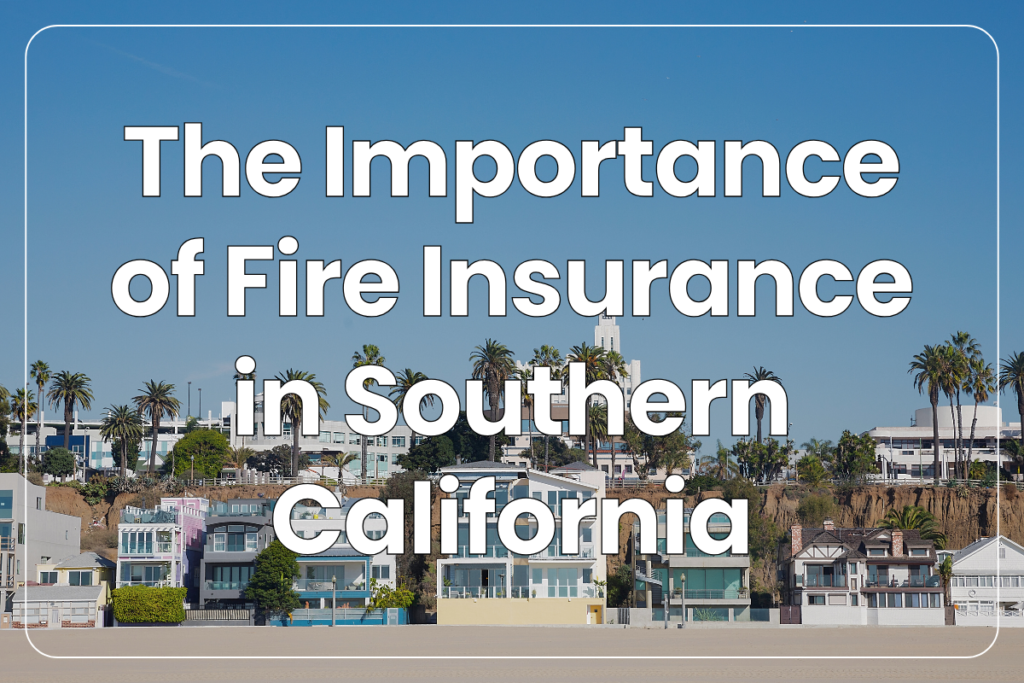
Recent years have seen a rise in the frequency and intensity of wildfires in Southern California, driven by climate change, prolonged droughts, and urban expansion into fire-prone areas. The combination of dry conditions and strong winds can quickly turn a small spark into a destructive blaze, making fire insurance a necessity rather than a luxury.
Fire insurance typically covers:
• Structural Damage: Costs for repairing or rebuilding your home.
• Personal Belongings: Replacement of items like furniture and electronics.
• Additional Living Expenses: Temporary housing and meal costs if your home is uninhabitable.
• Liability Protection: Legal and medical expenses if someone is injured on your property
Reviewing your policy is essential to understand specific coverages and exclusions.
Mortgage Requirements and High-Risk Zones
Most lenders require fire insurance as part of the mortgage agreement. Even if your mortgage is paid off, maintaining coverage protects against potential financial ruin. Properties in high-risk fire zones may face higher insurance costs or need coverage through the California FAIR Plan, which provides basic fire insurance for high-risk properties.
Home Safeguarding Steps
In addition to insurance, homeowners can reduce risks by:
○ Creating Defensible Space: Clearing vegetation around the home.
○ Using Fire-Resistant Materials: Opting for non-combustible building materials.
○ Installing Fire-Resistant Landscaping: Choosing plants less likely to ignite.
○ Having an Evacuation Plan: Knowing evacuation routes and preparing a go-bag.
Ready to sell? Know your home’s worth, click here.
Homes for sale in Carmel Valley click here.
Shirin Rezania Ramos | 858.345.0685 | www.shirinramos.com | Compass, DRE 0203379


